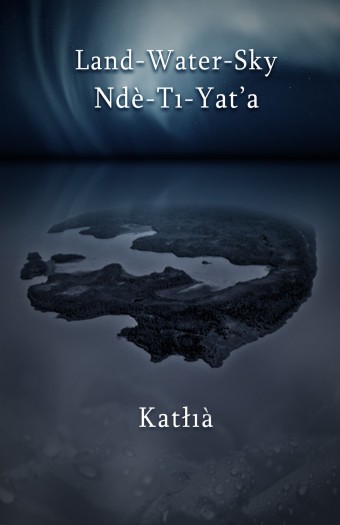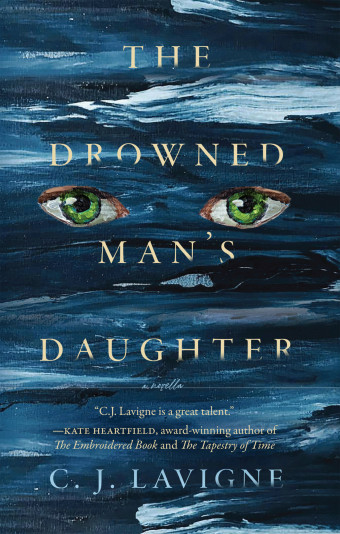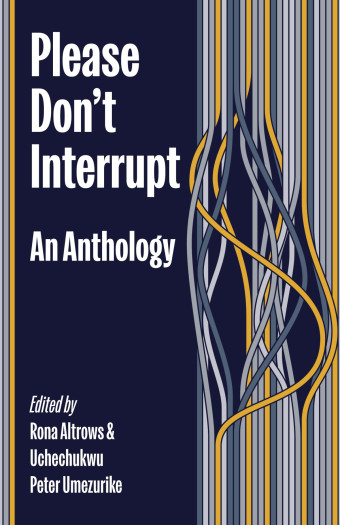The layered and poignant novel Land – Water – Sky / Ndè – Ti – Yat’a weaves through time and space, introducing characters – some human, some spirit – from periods as far back as time immemorial into the future. Author Katłįà, from the Yellowknives Dene First Nation in the Northwest Territories, beautifully blends English with the languages of her Dene roots.

- Land-Water-Sky / Ndè-Ti-Yat’a
- Katlià
- Fernwood Publishing
- $21.00 Paperback, 176 pages
- ISBN: 978-17-73632-37-7
“It was important for me to incorporate language as much as I could in keeping with the timing of the story,” Katłįà says. “I also wanted to make sure that each character had a very special name in the language that meant something significant. Place names are also referred to in the Dene language in order to show readers that it is possible to incorporate Indigenous languages in mainstream literature.”
Readers are first introduced to Àma (mother) who falls under the spell of a stranger, more animal than human.
“The character of Àma is based on my own motherly instincts and comes from experience in domestic relations that were physically violent,” Katłįà says. “It is a tribute to mothers who have lost their children and to those that have suffered from partner violence.”
Yat’a (sky), a gift from the Sky Spirits, controls the northern lights and brings with her the potential to overthrow evil. Her nemesis, the leader of the Nąą̀hgą, is, according to Katłįà, based on shape-shifter stories used by parents to scare young children.
She leaves behind her legacy, a son, Dahtì (dew), whose character is inspired by Yamozha, a hero and a warrior that travelled the North for centuries and left his mark in different locations across the territory, Katłįà explains.
The novel follows several more characters inspired by traditional stories. Deèyeh (calm water) was born in the North, but sent to live with a foster family in the city when she was young, and as a university student she has the chance to assist in an archeological dig close to her homeland.
Her character is drawn from accounts of water creatures in the Great Slave Lake, Katłįà says. Lafì (girl) moves to Coppertown for adventure and falls for a man who isn’t exactly as he appears.

“I wanted every character to be connected in some way, and I left it open for there to be complete novels for each character’s backstory,” Katłįà explains.
“Many of the events in the book are based on similar experiences that I’ve had in my life, such as child apprehension. I wanted to keep the issue of domestic violence at the forefront to open the difficult conversation around familial violence and sexual harassment.”
This is a book filled with lessons and warnings, hope and inspiration, and Katłįà hopes readers can identify with some of the characters.
“I hope that they will be able to make the connection to the themes of the book, which are respecting women, children, and Elders, as well as the land and water,” Katłįà says.
“I’m hoping that readers will become interested in learning more about the North and the connection to the spirit world and the rich Indigenous knowledge that we still have here in the North.”













